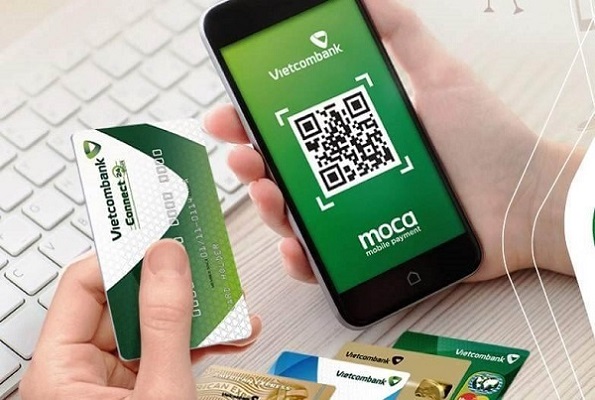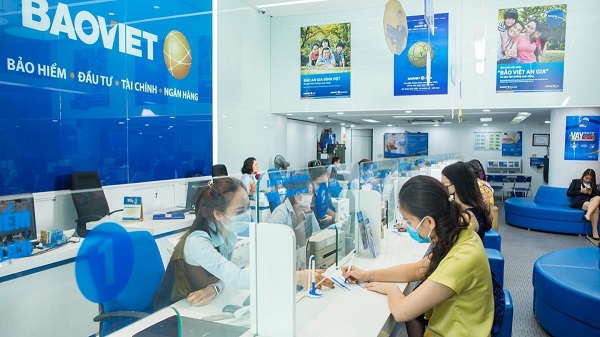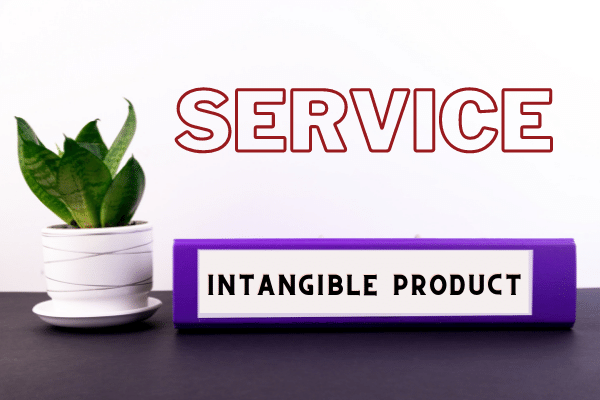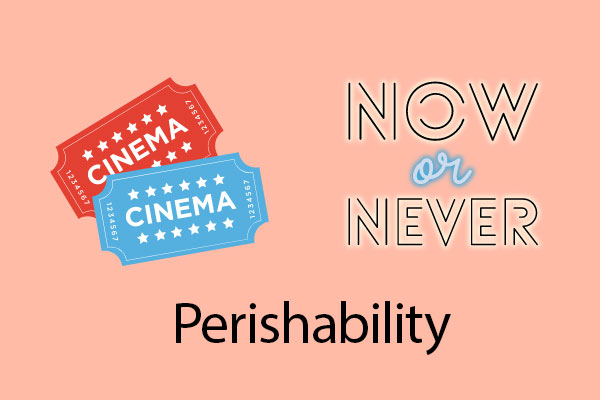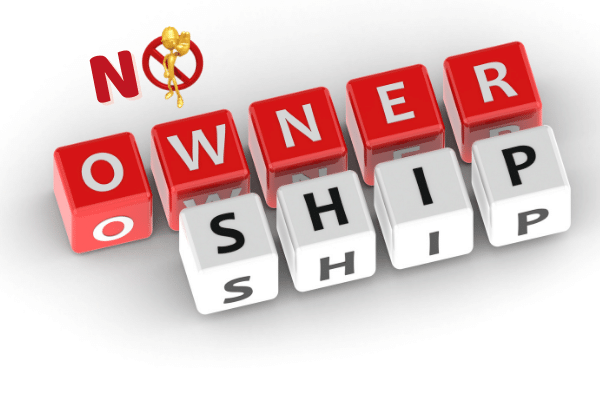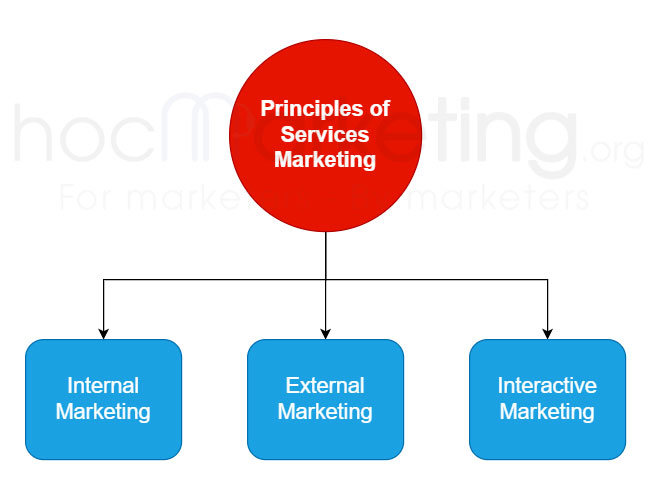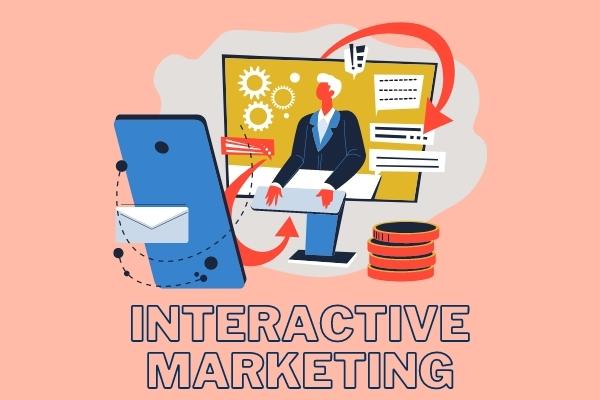
What is a service? A quick introduction to Service Marketing

Services marketing is a big topic and there are so many different topics to cover. In this blog post, I will introduce you to the basics of services marketing and give you an overview of what we'll be discussing.
Life changes and development makes people's daily needs also change. In order to properly meet the needs of customers, businesses not only strive to produce goods and products but also provide a variety of services. So what is service? What is the difference between a service and a product? How to market a service? In this blog post, I will introduce you to the basics of services marketing and give you an overview of what we'll be discussing.
What is a service?
A service is a non-tangible good which can be provided by human activities or by machines, technology, ... to meet the needs of customers in a variety of fields related to medicine, economy, education, consumption, production, finance...
Major types of service
The structure of the service industry is very diverse, but in general, services can be divided into 2 groups: Services for the consumer market and Services for the business market. In there:
Services for the consumer market include: General consumer services, shopping consumer services, specialty consumer services, and passive consumer services.
Services for the corporate market include: real estate services, support services.
1. Services for the consumer market
This type of service is formed to meet the needs of consumers. Services for the consumer market include the following groups:
a. General consumer services
General consumer services are created to serve daily necessities such as eating, living, cooking, home repair, cleaning, etc. Because this service brings convenience to life. In the daily life of consumers, the demand for services is constantly increasing. At the same time, the number of these service providers is also increasing day by day.
Here are some examples of common consumer services:
|
Restaurant |
Laundry |
|
Internet |
Electricity/Power |
b. Shopping consumer services
Shopping consumer services not only bring the benefits and inherent values of services to consumers, but also meet the entertainment needs, express their own style and personality, or bring a sense of satisfaction. satisfied with spending.
The characteristic of this service is that depending on the time and financial capacity of the consumer, the demand for using the service will increase or decrease. For example, on holidays and weekends, the demand for consumer shopping services will increase. But when the economy is in recession, the financial capacity of customers becomes tight, and the demand also decreases sharply.
Some examples of consumer shopping services:
|
Spa |
Travelling |
Beauty services |
c. Special consumer service
This is a service that is only available to a certain number of consumers. This service will meet specialized needs in work, entertainment, transportation...
Ví dụ:
|
Delivery |
Internet banking |
d. Passive consumer service
This is a type of service that provides a contingency solution for consumers to prevent future situations. Below are some examples:
|
Medic |
Insurance |
2. Services for the business market
This type of service is formed to meet the needs in the operation, production and business processes of enterprises... For examples:
a. Real estate services
Real estate services include consulting activities and leasing premises, offices and factories for businesses, helping businesses choose the right location.
|
Factories and warehouses for rent |
Offices for rent |
b. Support Services
True to the name, support services provide solutions to help businesses operate and produce more smoothly. It can be services: legal advice, marketing, accounting - finance, translation...
|
Finance consultation |
Notarized translation |
The nature and characteristics of a service
There are four main characteristics which make services differ from products: intangibility, inseparability, variability, and perishability.
1. Intangibility
Intangibility means that services cannot be seen, tasted, felt, heard, or smelled before they are bought.
For example, if you want to have a movie at the cinema, you can't try it before buying it. You also can't take the movie home for keepsake.
Because of the intangibility of services, customers always look for evidences to assess the service quality before making a purchase. The evidences can be considered as the signal of service quality, which includes place, people, price, equipment, and communications that customers can see.
2. Inseparability
a. Inseparatable with the supplier
Unlike tangible products, services cannot be separated from the supplier. If the good is normally produced and separated from the supplier to be distributed to the consumer, the process by which the customer experiences the service and enjoys its benefits is tied to the supplier. For example, when customers come to a restaurant, they will pay a certain amount of money to enjoy the food, receive service from the staff, experience a comfortable dining space,... Not a distributor. distributor or someone else, but it is the restaurant that provides direct service to customers.
b. Inseparatable with consumers
Besides, the service production process cannot be separated from the consumer. They participate simultaneously in the production and delivery of the service, but they are not required to be present at the service provider. Here is another example of a food service. With a restaurant's food ordering app or food delivery service, you can enjoy your food and get served by the staff without ever having to go to the store. And only when you book will the service be provided.
Customers don’t just buy and use a service, they play an active role in its delivery. Customer coproduction makes provider–customer interaction a special feature of services marketing. Both the provider and the customer affect the service outcome.
3. Variability
Variability means that the quality of services depends on who provides them as well as when, where, and how they are provided.
For example, when you go to a restaurant, there are so many factors that can affect the quality of services such as the experience and skills of staffs, the physical environment surrounding them (e.g., noise level), and food ingredients.
Sometimes, the services are exceptional, but sometimes they are not. This is why customers are often uncertain about the quality of services before they buy, because there are so many aspects to consider.
4. Perishability
Perishability means that once a service is delivered, it cannot be stored for future use or sale.
When you go to the movie theater, you can't keep your ticket and use it tomorrow. When you buy a haircut, it needs to be cut within a short period of time or it will "perish".
5. Lack of ownership
Customers pay a provider to use a service, but that doesn't mean they own the service. In essence, the customer is buying the benefits and experience the service provides. For example, a person can use a hotel room and enjoy all the services provided there, but that does not mean that he becomes the owner of the hotel.
Services Marketing
A service organization differs from a product company in its marketing objectives, the functions it performs, and the information it uses. To deliver high-quality services, a firm must develop marketing strategies that distinguish between general principles of marketing and those which are unique to the service industry.
Services marketing requires more than just traditional external marketing using the four Ps. It also requires internal marketing and interactive marketing. Below is the chart shows the relation between those marketing principles.
1. Internal Marketing
Internal marketing means that the service firm must orient and motivate its customer-contact employees and supporting service people to work as a team to provide customer satisfaction.
Internal Marketing is expressed in the form of: periodic company newsletters, video conferences, emails, training courses, discussions,... On the other hand, this marketing principle is also considered as a means of communication. internal communication. And communication is the process of listening and communicating, so some companies build additional internal dialogue channels to increase interaction and encourage employees to participate by blogging or sharing on internal newsletters. at the company's website.
Good internal marketing implementation will give the company a strong advantage in human resource management and is a solid foundation for the process of improving service quality from within the company. However, businesses also need to combine other management measures to jointly support the internal marketing process to promote efficiency.
It's important for employees to understand what values does the firm want to deliver to customers. Once they understand these values, employees need to operate and behave in the same direction.
In addtion, employees should be trained and provided with the same knowledge, skills, and equipments to help them ensure high-quality services.
2. Interactive Marketing
Interactive Marketing means that service quality depends heavily on the quality of the buyer–seller interaction during the service encounter. It refers to the process of selling and delivering services. In product marketing, product quality often depends little on how the product is obtained. But in services marketing, service quality depends on both the service deliverer and the quality of delivery. Service marketers, therefore, have to master interactive marketing skills.
Here are some ways to apply Interactive Marketing principles to connect businesses and customers in the service industry:
- Interactive storytelling: Businesses make an impact with customers by interacting based on stories. It can be a story that attracts customers' attention to the brand. Or the story is created with the purpose of helping customers better visualize the experience and benefits that the service will bring.
- Personalized: Since service quality is judged on customer satisfaction, a personalized service for customers will be appreciated. Therefore, businesses need to put the "Personalization" factor on top and can use Social Listening tools to capture customer insights (about interests, habits, demographics, geographic data, etc.) ...) to create the most suitable service for each customer.
- Two way Interactive: This is a form of two-way interaction that helps businesses survey and measure customer satisfaction with services. Through quiz games, interactive videos or direct interaction while providing services, businesses will easily connect with customers, understand customers and make timely improvements to improve quality. service volume.
- Layered information: With this method, businesses will provide information in layers to lead customers to learn about services and create trust to urge customers to experience. Typically, marketers will begin with a short, easy-to-understand story that provides basic information about the brand; then, continue to come up with more new and specific details to interact with customers and help them understand the brand deeply.
3. External Marketing
Similar to product marketing, external marketing refers to the process in which the company communicates values of its services to customers. It includes market research, service developments, pricing, distribution and promotion.
Here are 3 ways to implement an effective external marketing strategy:
- Advertising: Businesses provide information about their services by advertising. Depending on how customers interact with the brand, businesses will advertise online, on TV or word of mouth. In addition, advertising and providing the latest information about the service through email is also a way to strengthen the connection with customers.
- Expanding relationships: Businesses need to promote good relationships with old customers and look for new customers to make their brand stronger. Therefore, exhibitions are an opportunity for the company to convey information about the brand and services and attract more new customers and potential partners.
- Launch an inspirational campaign: This is also an effective way for businesses to create sympathy for customers. With stories or campaigns for the community, the brand will be known to more people, and create a good impression in the minds of customers. In particular, positive comments and comments about the brand are also widespread.
Summary
Service is a field that provides intangible activities to meet specific needs of customers. In today's 4.0 era, services play an increasingly important and widespread role from economy to society. Therefore, in order to grow stronger and attract more customers, service providers need to choose an appropriate marketing strategy and pay special attention to the element of "Customer care", because customer satisfaction is very important. Customer is a measure of service quality and success.
The service marketing industry is a unique one that requires more than just traditional external marketing using the four Ps. Internal marketing and interactive marketing are also needed to provide high-quality services for consumers. By mastering these skills, you can drive customer satisfaction and create loyal customers who will return time after time as well as recommend your company to others!










